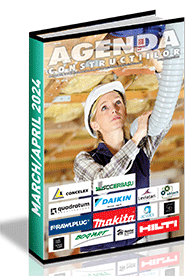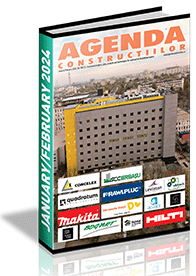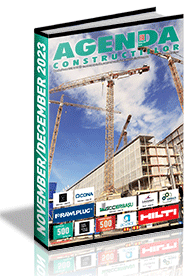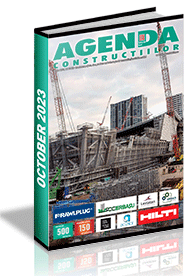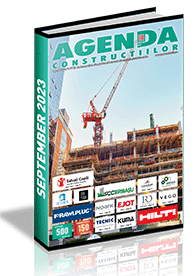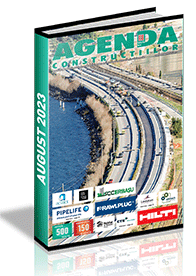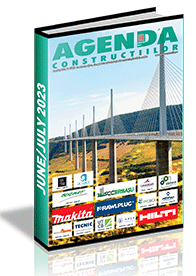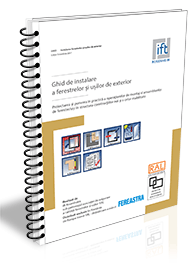| SUSTAINABILITY: Improved energy performance through BMS solutions |
| English Section Publicat de Ovidiu Stefanescu 03 Sep 2014 11:51 |
 Integrated building management systems (BMS) have become increasingly demanded by architects and beneficiaries because they provide multiple benefits, especially in terms of sustainability. All constructions, regardless of their destination, include various services such as mechanical and electrical facilities necessary to provide internal conditions favorable to increase productivity and which don't exert negative influence on the health of occupants. All these operations must be controlled, however, to some extent, in order to ensure, for example, the right temperature of hot water or radiators' heat, fresh air intake and the optimum degree of thermal comfort of the entire structure, regardless of the number of users or their individual preferences. Traditional solutions involve the use of switches, timers etc., whose role is to connect or disconnect pumps, valves, fans etc. The goal of a BMS is precisely to ensure the realization of these operations automatically and maximize the energy efficiency, given that most of the active components depend on electricity consumption. All this is done taking into account the limitations of available energy source, with a focus on dynamic adjustment of the operation of various devices. From a technical standpoint, BMS is a computer independent of other IT units or operating systems that can calculate the preset for a specific application requirements and is able to control the operation of various electrical devices in order to achieve those parameters. The input elements - such as, for example, temperature sensors - and output ones (signal for open/ close switches) are interconnected within individual stations placed around the building. These units operate on programs that have the ability to analyze information received and decide on the level of use of the application that controls it. Also, all those elements are related to the IT network, so data can move freely between them. Additionally, a network element type "modem" allow remote control of the whole assembly. It should be noted that the control of a BMS is strictly dependent on the accuracy of the information provided by sensors and the way in which designers choose the software IT applications to respond to these impulses. Integrated building management systems (BMS) have become increasingly demanded by architects and beneficiaries because they provide multiple benefits, especially in terms of sustainability. All constructions, regardless of their destination, include various services such as mechanical and electrical facilities necessary to provide internal conditions favorable to increase productivity and which don't exert negative influence on the health of occupants. All these operations must be controlled, however, to some extent, in order to ensure, for example, the right temperature of hot water or radiators' heat, fresh air intake and the optimum degree of thermal comfort of the entire structure, regardless of the number of users or their individual preferences. Traditional solutions involve the use of switches, timers etc., whose role is to connect or disconnect pumps, valves, fans etc. The goal of a BMS is precisely to ensure the realization of these operations automatically and maximize the energy efficiency, given that most of the active components depend on electricity consumption. All this is done taking into account the limitations of available energy source, with a focus on dynamic adjustment of the operation of various devices. From a technical standpoint, BMS is a computer independent of other IT units or operating systems that can calculate the preset for a specific application requirements and is able to control the operation of various electrical devices in order to achieve those parameters. The input elements - such as, for example, temperature sensors - and output ones (signal for open/ close switches) are interconnected within individual stations placed around the building. These units operate on programs that have the ability to analyze information received and decide on the level of use of the application that controls it. Also, all those elements are related to the IT network, so data can move freely between them. Additionally, a network element type "modem" allow remote control of the whole assembly. It should be noted that the control of a BMS is strictly dependent on the accuracy of the information provided by sensors and the way in which designers choose the software IT applications to respond to these impulses. |
ABONARE REVISTA (click aici): PROIECTE | INVESTITII | REVISTE | INDEX COMPANII
DATE DE CONTACT: Agenda Constructiilor & Fereastra - Tel/Fax: 021-336.04.16, 031-401.63.88



.gif)





